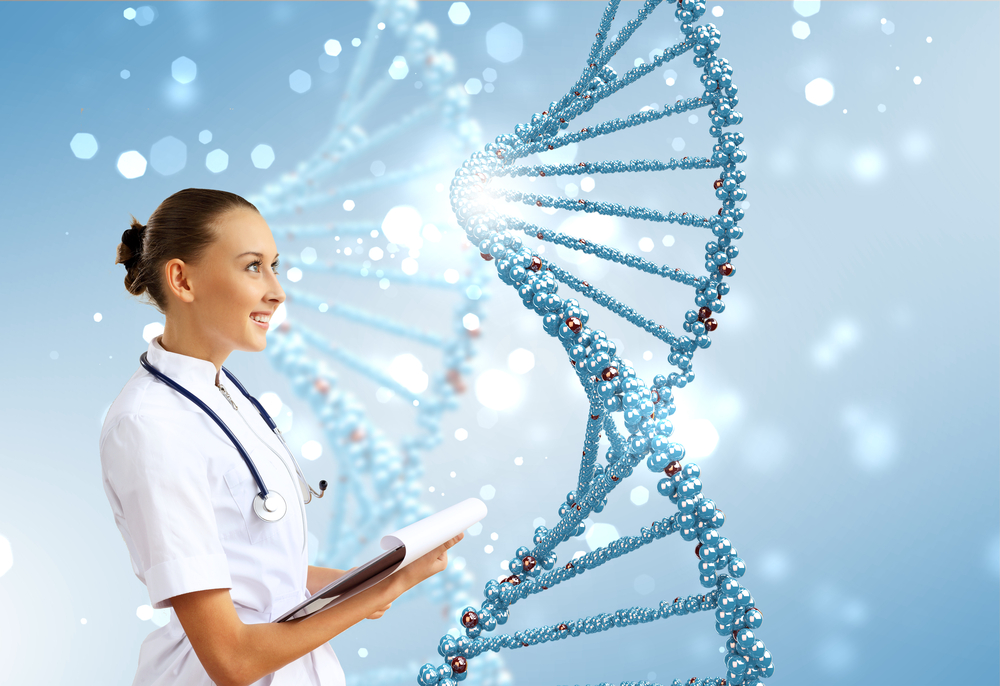Gene Therapy Improves AADC Deficiency Symptoms in Children, Trial Shows
Written by |

A gene therapy consisting of a viral vector carrying the DDC gene improved motor and cognitive functions in children with AADC deficiency, according to a Phase 1/2 trial.
The study, “Gene therapy improves motor and mental function of aromatic l-amino acid decarboxylase deficiency,” was published in Brain.
Aromatic l-amino acid decarboxylase (AADC) deficiency is a genetic disease associated with mutations in the DDC gene, which holds the instructions to produce the AADC enzyme.
This enzyme is required to produce neurotransmitters — chemical substances that mediate communication between neurons. AADC deficiency causes developmental delay and movement disorders that usually appear in the first years of life and are long lasting.
Current treatments include different substances that improve the function of neurotransmitters, but these only benefit patients with the mild or moderate form of the disease. There is no available treatment for severe cases.
Because AADC deficiency is a genetic disorder, the use of gene therapies, where patients receive a lab-made working copy of the mutated gene, could be of benefit.
In a prior Phase 1/2 clinical trial (NCT01395641), performed in Taiwan, researchers tested a gene therapy called AAV2-hAADC in children under 8 with severe AADC deficiency. The treatment showed positive results, with some previously bedridden patients being able to sit or stand with support.
Now, researchers aimed to test the safety and efficacy of an identical gene therapy among patients with a more genetically variable background. The open-label Phase 1/2 trial (UMIN000017802) included six patients ages 4-19, four of whom were males.
Five patients had severe AADC deficiency; they could not talk or move voluntarily, but could follow objects with their eyes. The other patient had a moderate form of the disease and could walk with support and say a few words.
Researchers performed brain surgery to insert the vector and followed the patients from six months to two years and seven months after the procedure.
None of the patients presented adverse events related to the surgery or insertion of the vector. All patients showed involuntary limb movements two weeks after receiving the therapy, but these diminished and disappeared after three months.
In the first months after the surgery, all severe patients started to show voluntary movement and could sit after eight months. The capacity to breathe and swallow and the emotional state improved in all patients. Additionally, muscular and eye spasms almost disappeared.
The therapy was more effective in younger patients, and in patients who retained some AADC activity. The patients who showed the most improvement could stand on their own or walk with the help of a walker; they also could say some words.
Two years after receiving the therapy, the patient with moderate AADC deficiency could run and ride a bicycle. She could also speak fluently and perform basic mathematical operations.
“[A] promising result of our study was the high degree of improvement observed in the cognitive and verbal function of [this patient],” researchers said. “Our target of gene therapy was to improve the motor function of patients, and improvement in cognitive and verbal function was not expected.”
All patients showed improved expression of the AADC enzyme after receiving the gene therapy. The levels remained constant for two years, suggesting that the gene therapy is effective in the long term.
The investigators concluded that “these findings provide independent confirmation of the safety, tolerability, and potential efficacy of AADC gene therapy. Future studies focusing on the optimal vector dose and defining the relationship between the vector dose and clinical effects are necessary.”




